Beneath the ocean’s surface lies a world of wonder waiting to be explored, where vibrant coral reefs teem with marine life and ancient shipwrecks tell tales of maritime history. From shallow coral gardens perfect for beginners to deep-water sites that challenge experienced divers, the world’s best underwater destinations offer unique experiences for every skill level.
Whether one is a diving enthusiast or a fair-weather snorkeler, these out-of-this-world destinations assure the most unforgettable marine life and underwater experiences.
Great Barrier Reef, Australia
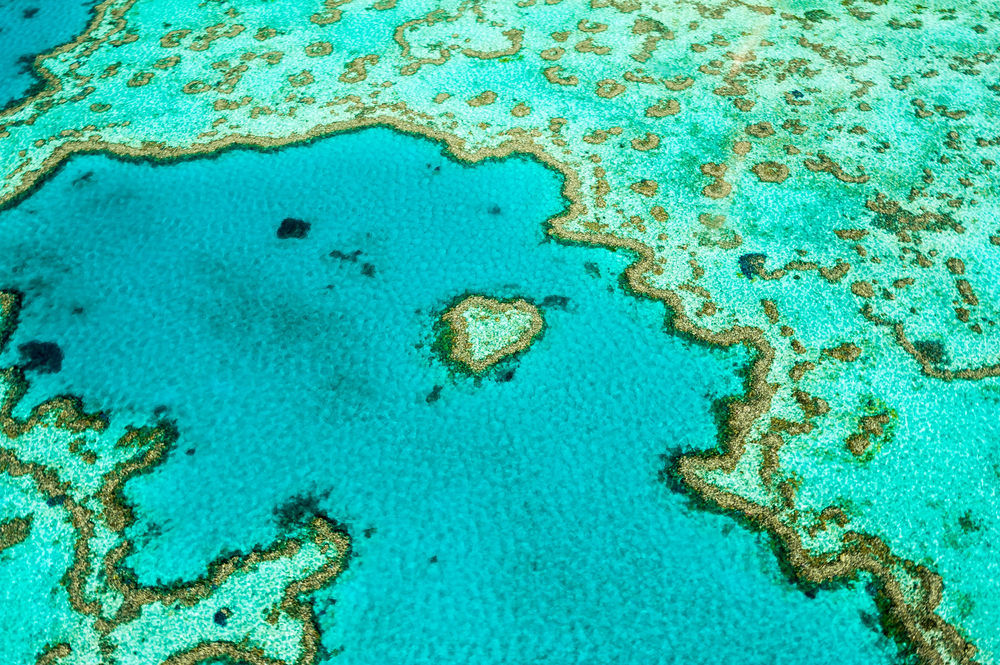
Extending for over 1,500 miles along the northeast Australian coast, this is the biggest coral reef system in the world, with an immense marine biodiversity. You’ll be swimming among over 1,500 species of tropical fish, 400 types of hard coral, 130 varieties of sharks and rays, and over 30 species of whales and dolphins.
Most excellent diving spots include the Ribbon Reefs and Osprey Reef, where visibility often exceeds 100 feet. Advanced divers can dive into dramatic walls and caverns in the Coral Sea, while novices will be at home on shallow coral gardens offshore from Cairns and Port Douglas.
Raja Ampat, Indonesia
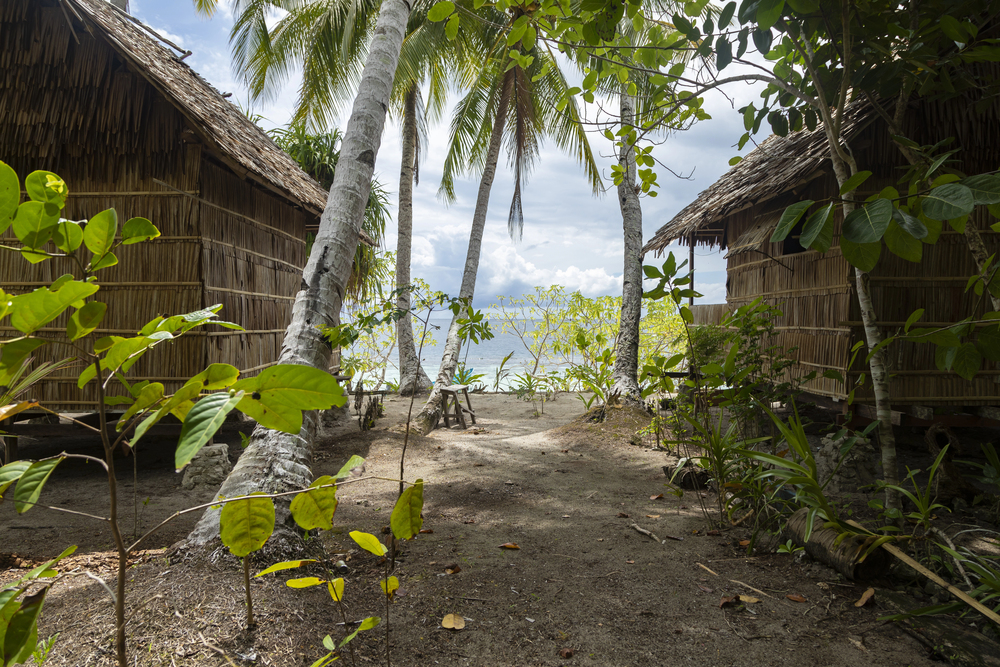
Right at the heart of the Coral Triangle, Raja Ampat boasts the most diverse marine life in the world. More than 1,300 species of fish, 600 coral species, and many other creatures abide in the pristine waters surrounding these remote Indonesian islands.
You will come across thriving reef systems that host large sea fans, schools of barracudas in giant tornado-like forms, and bizarre critters like the walking sharks and wobbegong sharks. Classic dive sites here are Cape Kri, Melissa’s Garden, and Blue Water Mangroves to experience a special meeting between the mangrove and reef environments.
Palau, Micronesia
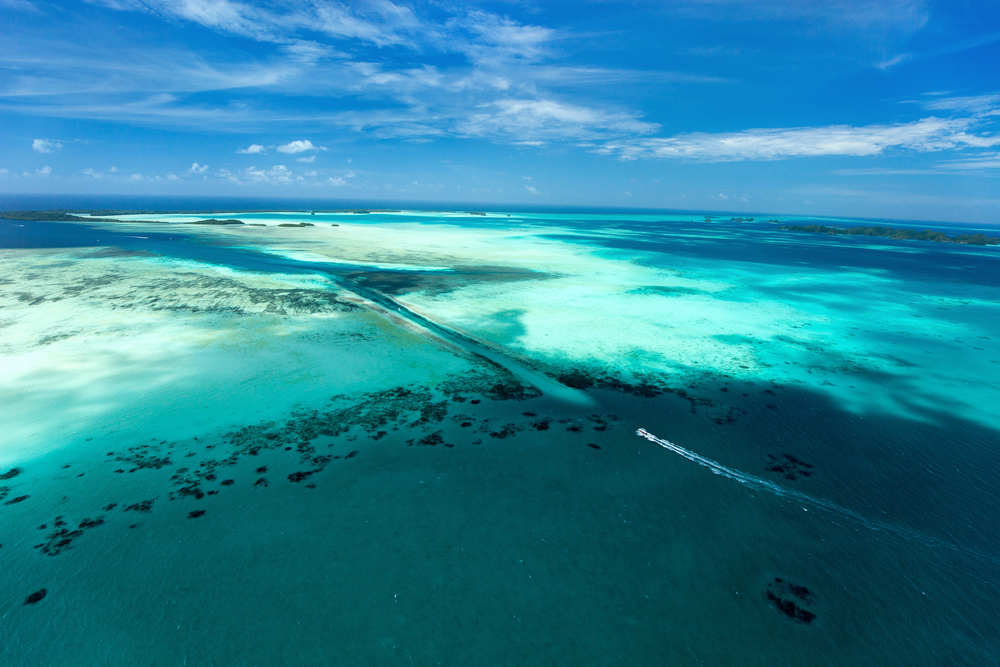
This Pacific archipelago offers a great combination of reef and wreck diving, with something to enthrall every underwater explorer. Famed for its Jellyfish Lake, where you can snorkel among millions of stingless jellyfish, Palau also features the Blue Corner – one of the most thrilling drift dives in the world.
You’ll see reef sharks, manta rays, and enormous schools of jacks while exploring the stunning walls and channels. The area also has several wrecks from World War II, the Iro Maru and the Helmet Wreck being popular artificial reefs with a mass of marine life.
Cozumel, Mexico
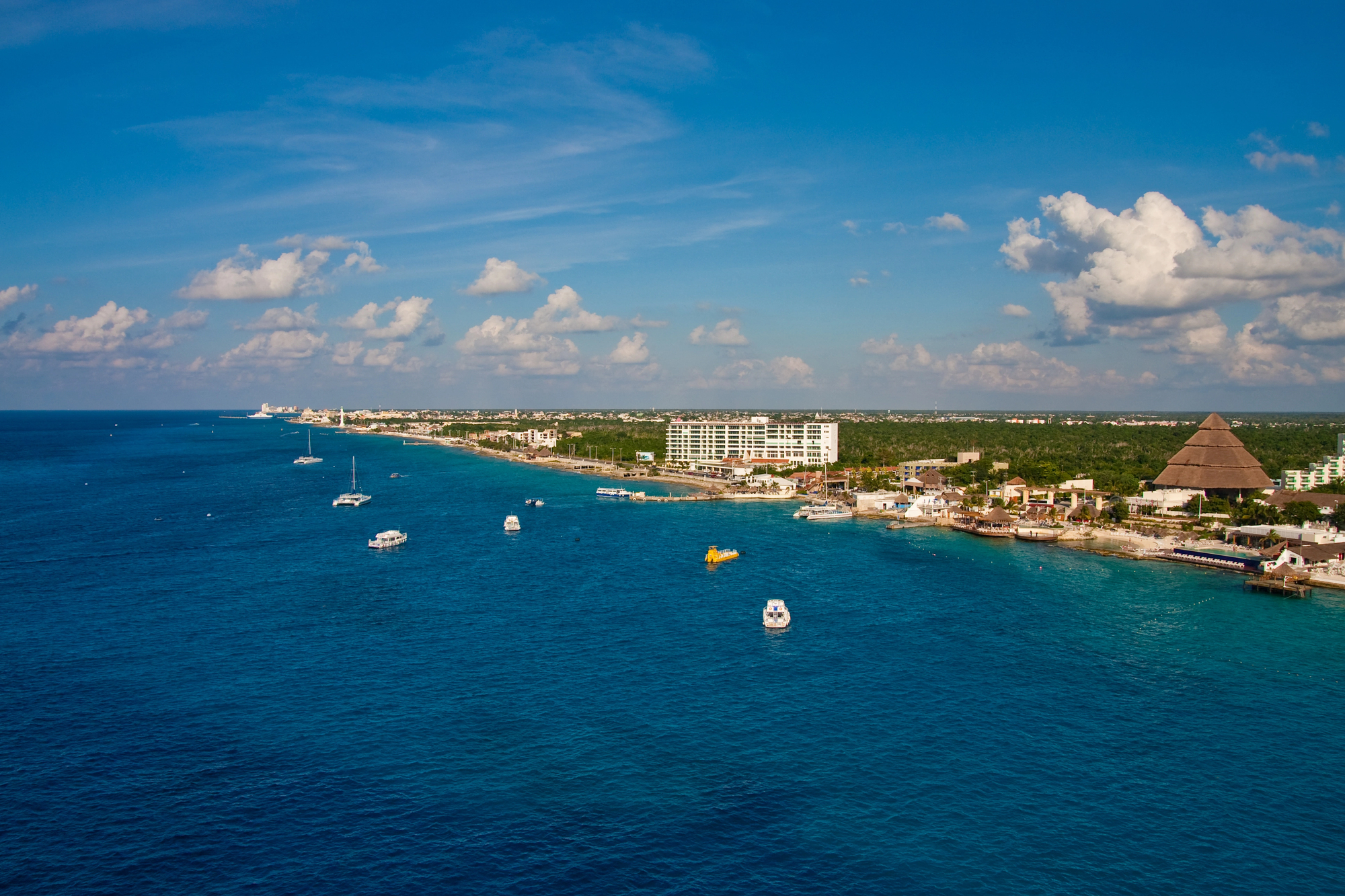
Crystal-clear waters around this Caribbean island offer great visibility and make for year-round diving. Cozumel’s famous Palancar Reef system boasts dramatic walls, swim-throughs, and caves colored by colorful sponges and coral formations.
You’ll also find eagle rays, nurse sharks, and sea turtles along the Santa Rosa Wall, while the shallower Colombia Reef provides perfect conditions for snorkelers and novice divers. Night dives reveal an entirely different ecosystem, with octopi, hunting morays, and bioluminescent organisms coming to life in the darkness.
Maldives
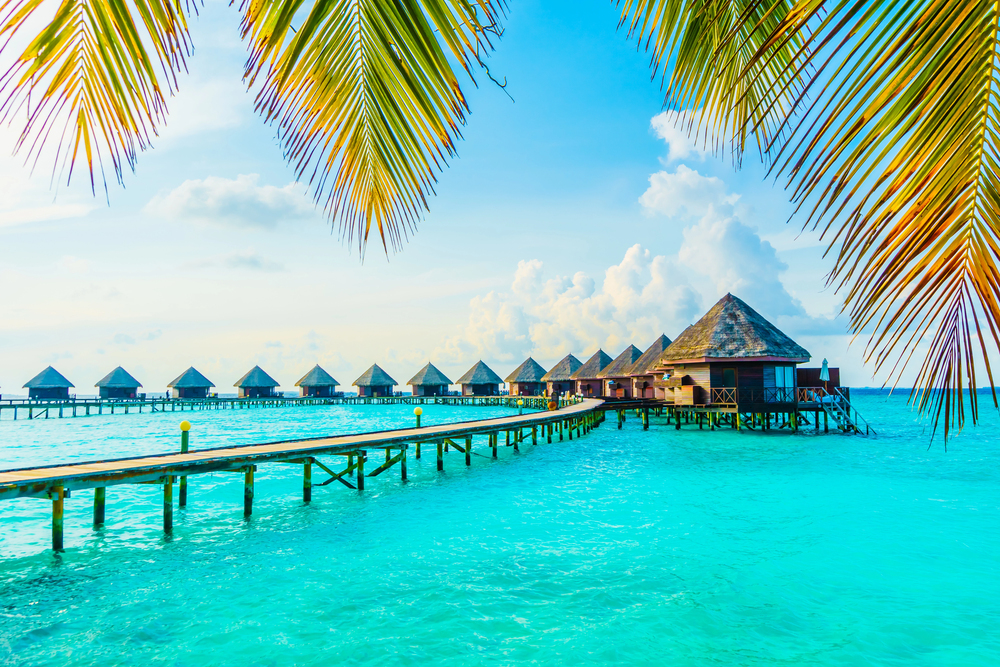
This chain of 26 atolls in the Indian Ocean offers some of the world’s most pristine diving conditions, with water temperatures averaging a comfortable 80°F year-round. The channels between islands, known locally as ‘kandus,’ create exciting drift dives where you’ll encounter massive manta rays, whale sharks, and hammerhead sharks.
You’ll also find cleaning stations where small fish service larger marine creatures, extensive thilas covered in soft corals, and night dives featuring nurse sharks at Alimatha Jetty. Most resort islands have excellent house reefs that are perfect for snorkeling right from the beach.
Red Sea, Egypt
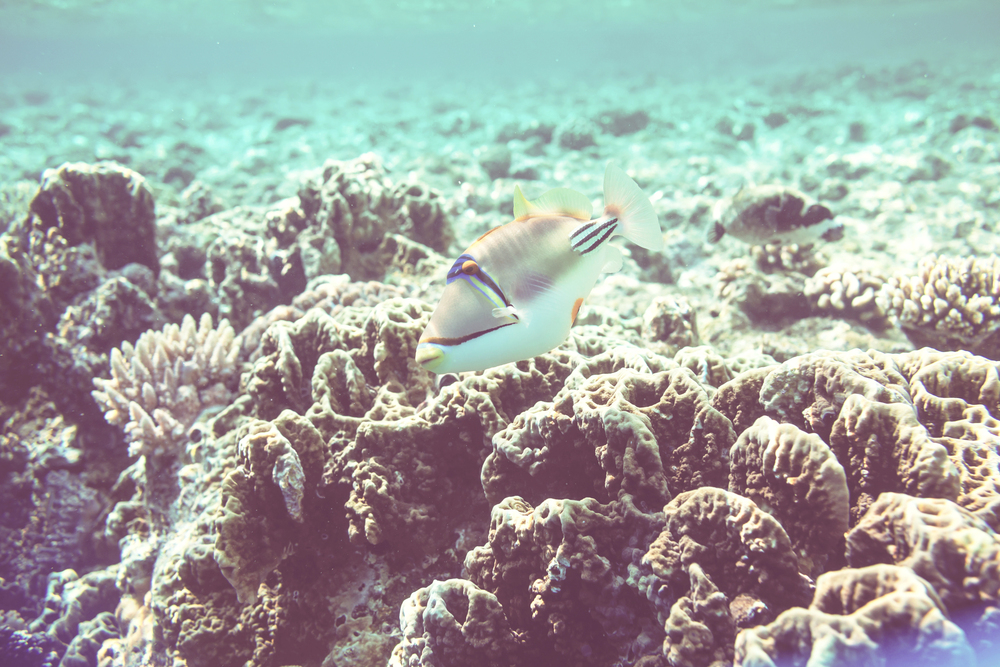
The northern Red Sea offers excellent visibility, warm waters, and rich marine life, combined with fascinating maritime history. The SS Thistlegorm is a World War II cargo ship and is considered one of the best wreck dives in the world; its holds still contain motorcycles, trucks, and even railway cars.
You’ll see schooling hammerhead sharks at the Brothers Islands, explore stunning reef walls in Ras Mohammed National Park, and drift over colorful coral gardens at Shark and Yolanda Reef. The tranquil, well-protected waters of Sharm El Sheikh feature ideal conditions for snorkelers and beginners in diving.
Galapagos Islands, Ecuador
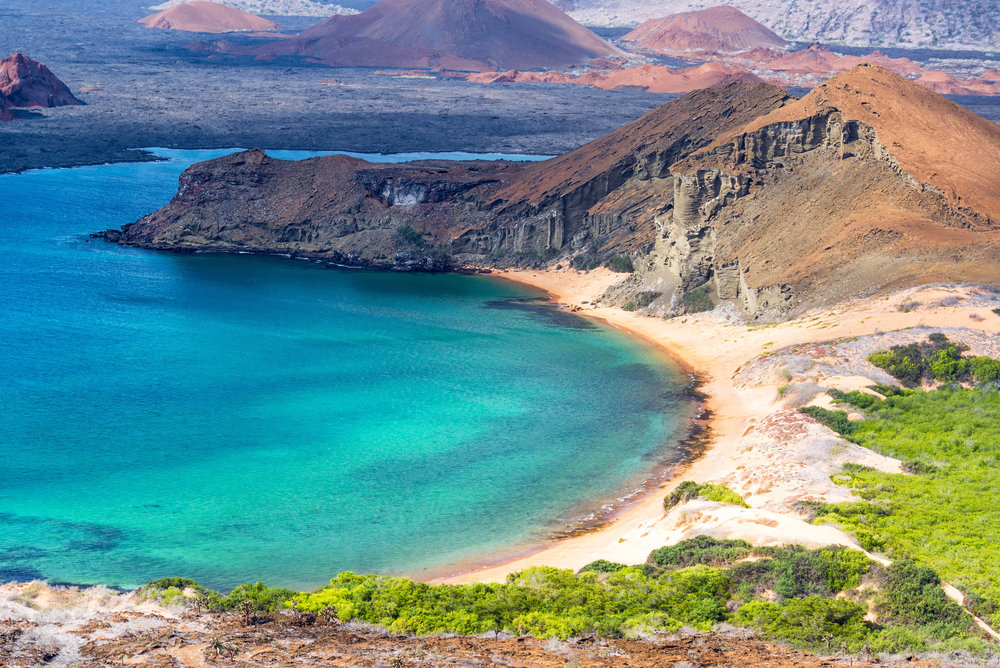
These fabled islands feature dives that are truly one of a kind, thanks to their unparalleled marine life and dramatic underwater landscapes. Darwin and Wolf Islands provide exhilarating encounters with schools of hammerhead sharks, while playful sea lions and marine iguanas are attracted to Gordon Rocks.
You’ll encounter the only penguins found north of the equator, dive with gentle whale sharks, and find rare species that don’t exist anywhere else on Earth. The generally strong currents and cooler waters common in these sites make the conditions very challenging and, hence, suitable only for experienced divers.
Sipadan Island, Malaysia
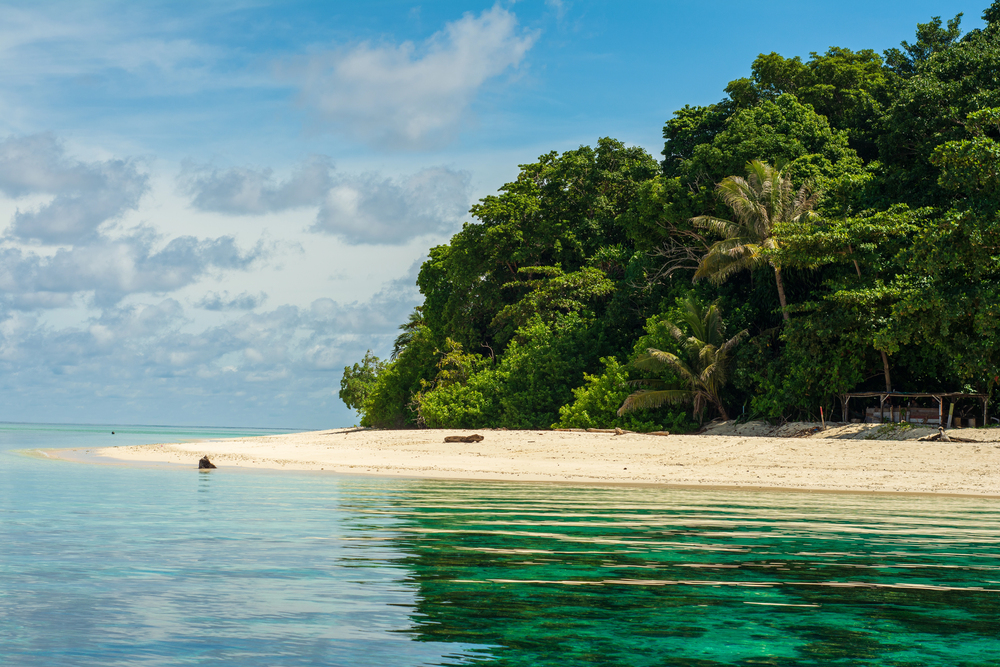
Malaysia’s only oceanic island rises 2,000 feet from the seabed. You’ll often see large schools of barracuda creating tornado-like formations, see green and hawksbill turtles at their nesting sites, and cruise through huge schools of jacks.
The famous Barracuda Point offers views of reef sharks, while the Drop Off offers a great wall dive starting in just a few feet of water. The nearby islands of Mabul and Kapalai offer excellent muck diving opportunities to see unusual critters.
Bonaire, Caribbean Netherlands
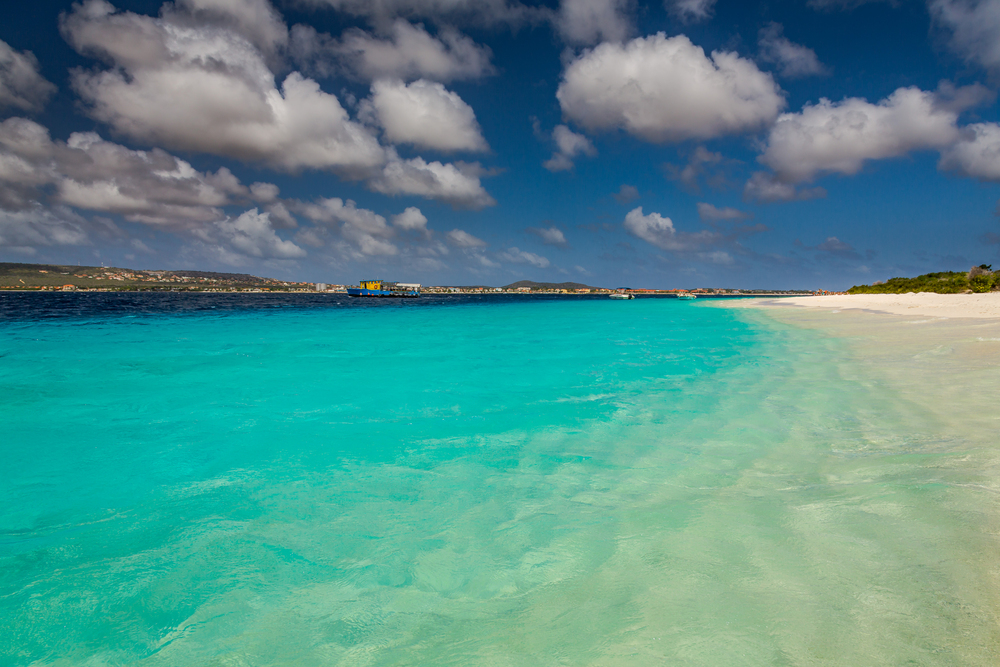
This Dutch Caribbean island is renowned for its accessible shore diving and healthy fringing reefs. You will be exploring pristine reef systems just steps from your car, with more than 60 marked dive sites accessible from shore.
The entire coastline is protected as the Bonaire National Marine Park, resulting in thriving coral gardens and abundant fish life. You’ll find singular formations on dives such as Angel City and 1000 Steps, while guided night dives will help you spot seahorses and frogfish; minimal rainfall and calm conditions equate to excellent year-round visibility.
Cocos Island, Costa Rica
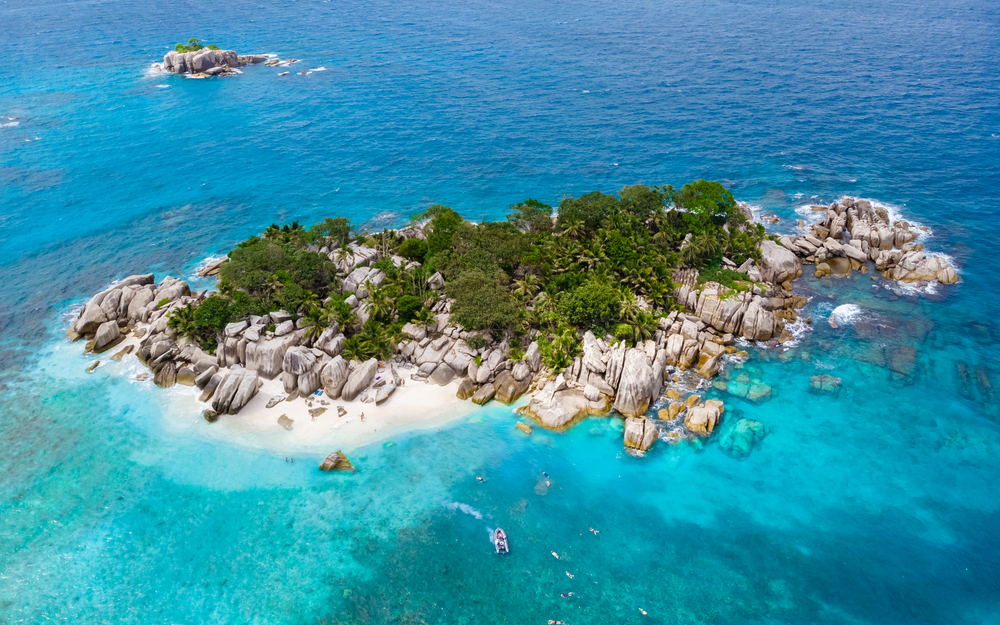
Lying 340 miles off the coast of Costa Rica in the Pacific Ocean, this outpost is for serious divers interested in encounters with big animals. Nutrient-rich waters attract large schools of hammerhead sharks, while many cleaning stations attract manta rays and whale sharks.
Huge schools of jacks are seen forming walls of silver, and you often encounter tiger sharks at Bajo Alcyone before watching marble rays resting on sandy patches. The only destination for this place is more experienced divers who are willing to spend multiple days out at sea.
Great Blue Hole, Belize
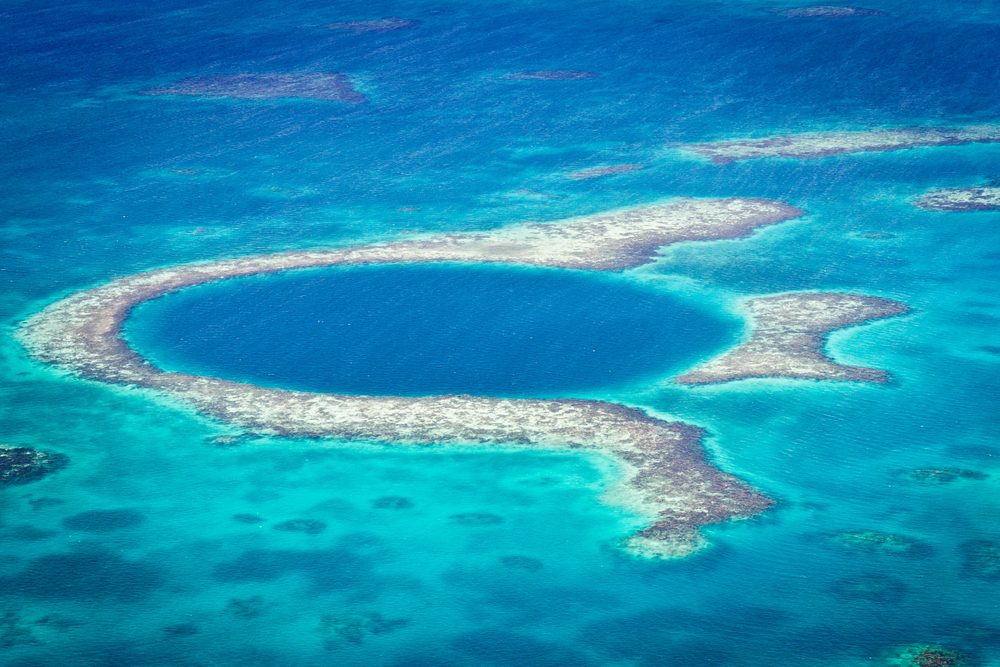
This huge underwater sinkhole guarantees a unique dive unlike anywhere else in the world. Dropping 407 feet to the bottom, the hole is rimmed with dramatic stalactites that were formed in an ancient cave system when sea levels were at much lower levels.
You will descend along vertical walls into deep blue waters and come face to face with Caribbean reef sharks and other pelagic species at the surface. Lighthouse Reef Atoll offers great shallow diving and snorkeling around bright coral gardens teeming with tropical fish.
Poor Knights Islands, New Zealand
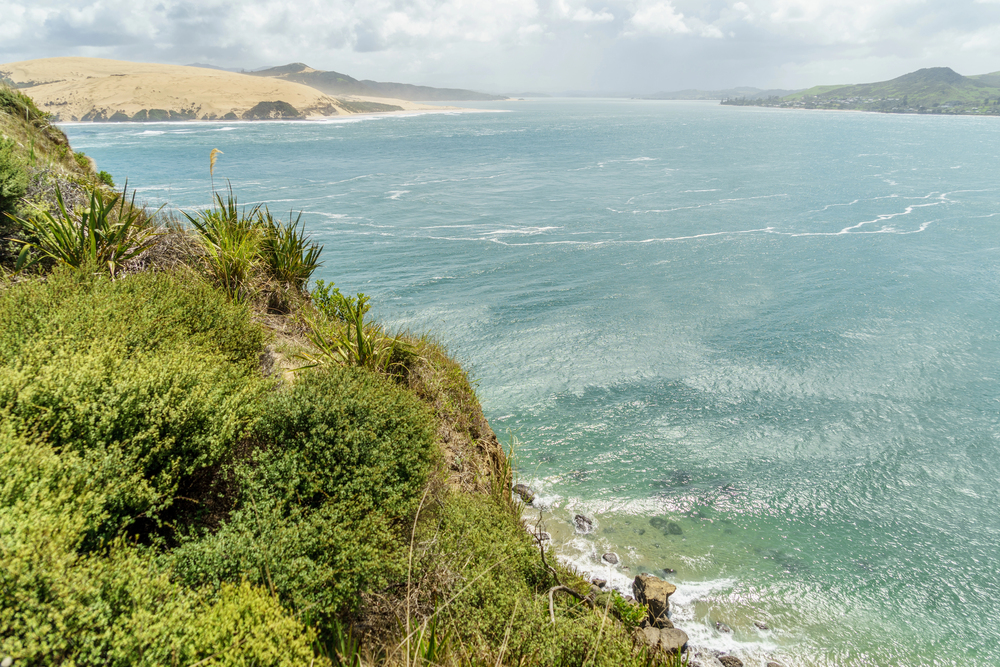
These volcanic islands, situated off the north coast of New Zealand, are home to an interesting mix of temperate and tropical marine life. Warm currents converge to create an environment that ranges from cold-water kelp forests to warm-water species like tropical fish and sea turtles.
You’ll swim through enormous sea caves and archways, see shoals of pink and blue maomao, and observe the peculiar New Zealand pigfish. Since the islands received protection in 1981, you can expect to see plenty of marine life; sites such as Northern Arch and Landing Bay Pinnacle offer great diving for any level of experience.
Silfra Fissure, Iceland
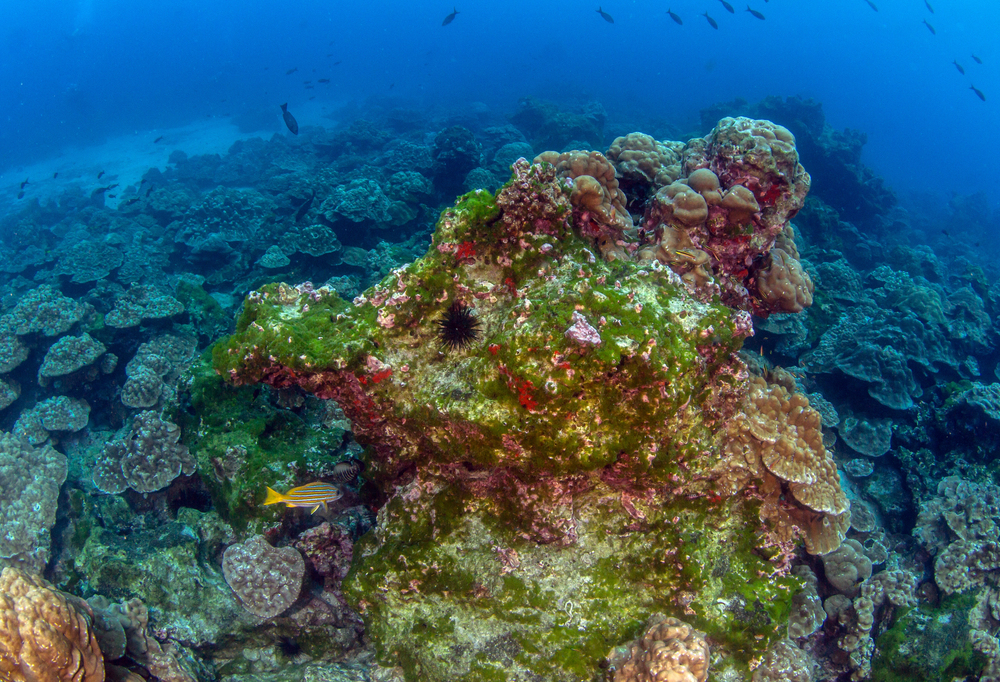
Located in Thingvellir National Park, this one-of-a-kind dive site provides divers with the rare opportunity to simultaneously touch two continental plates. The visibility is over 300 feet due to the crystal-clear glacial water, filtered through porous lava rock for decades.
You will float between the North American and Eurasian tectonic plates, experiencing some of the clearest water on Earth. While marine life is limited to small fish and colorful algae, this otherworldly underwater landscape and incredible visibility make this dive a bucket-list dive for many enthusiasts.
Because the water temperature is always 35°F, dry suit certification is required.
Navy Pier, Western Australia
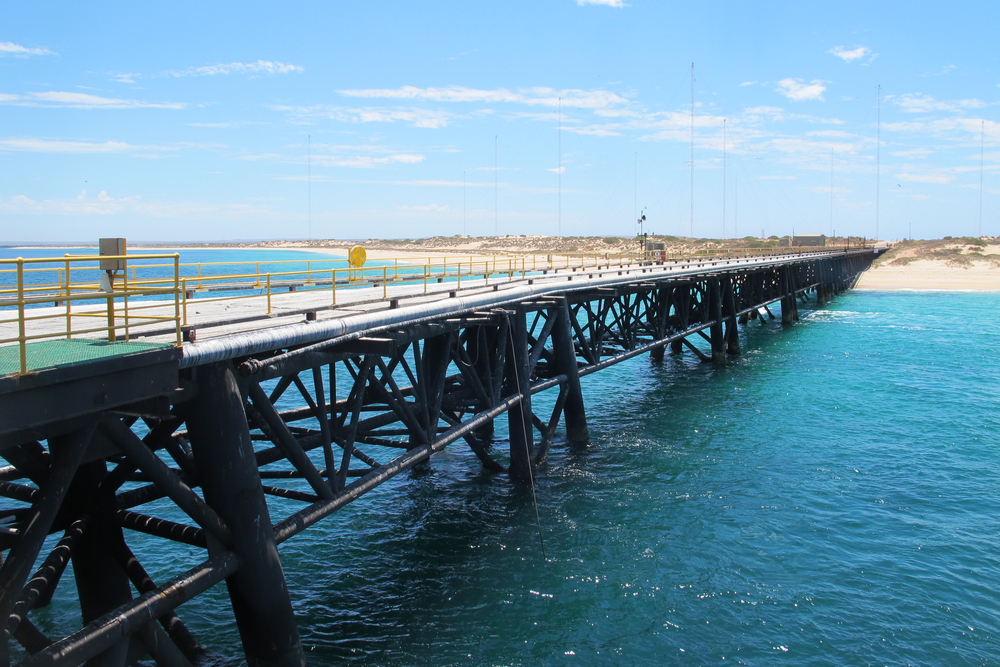
This man-made wonder has become one of Australia’s most surprising dive sites, with giant potato cod weighing up to 400 pounds greeting divers as if they were old mates. You’ll see wobbegong sharks recumbent under ledges, find colorful nudibranchs among the pier pylons, and see several types of octopus hunting at night.
At this depth, it is relatively shallow and a well-protected spot that can serve as a suitable place for both novice divers and underwater photographers. Due to its proximity in Exmouth, it guarantees the access of the Ningaloo Reef system, popularly known for its periodic whale shark aggregations.
Tubbataha Reefs, Philippines
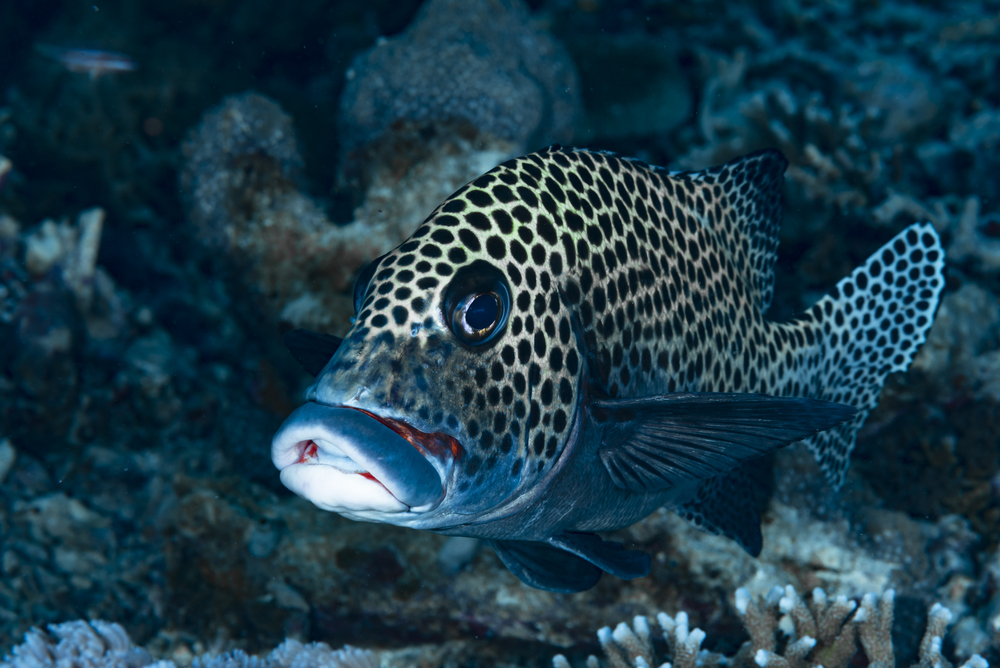
This UNESCO World Heritage site in the Sulu Sea is representative of one of the most well-preserved coral reefs in Southeast Asia. Accessible only by liveaboard during the calm season from March to June, these reefs offer more than 600 fish species, 360 coral species, and 11 shark species.
You’ll dive sheer walls dropping to 300 feet, find schooling hammerhead sharks at Shark Airport, and observe large numbers of green and hawksbill turtles. This remote location and protection ensure uncrowded diving conditions and a very healthy marine ecosystem, rarely seen elsewhere in the region.
Dive into Adventure
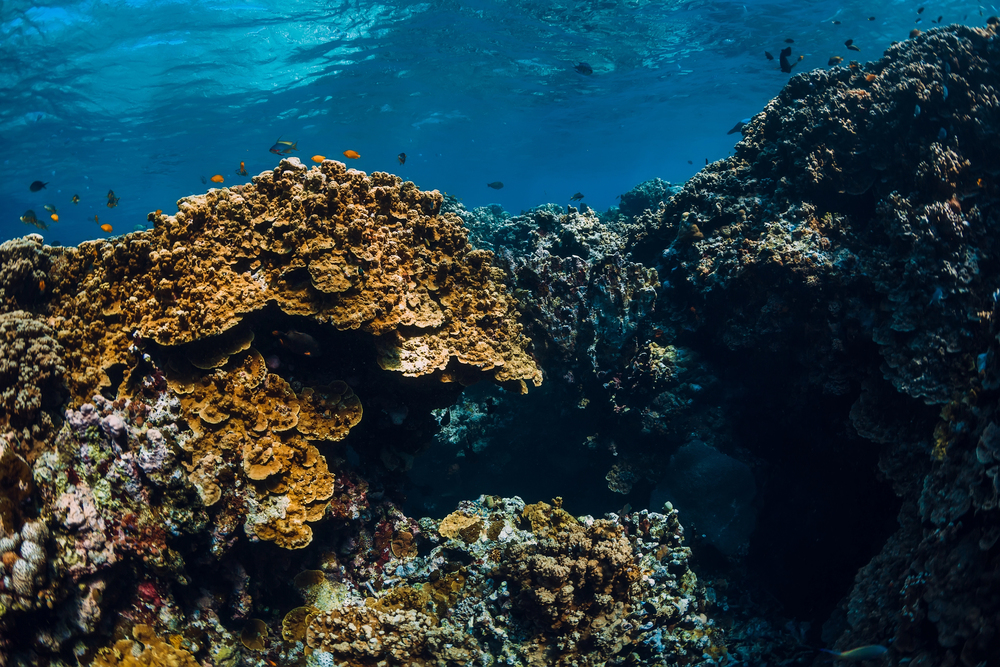
Whether vibrant coral reefs, dramatic walls, historic shipwrecks, or incredible marine life encounters are your thing, these world-class diving destinations offer adventures that will create lasting memories.
Each of these locations promises a different topography and marine life underwater, allowing discoveries for all levels of skill. From the warm tropical waters of Southeast Asia to the crystal-clear visibility of Iceland’s glacial springs, these destinations boast incredible diversity and beauty within the submerged realm of our planet.
More from Travel Pug

- 15 Dangerous European Cities to Avoid
- 15 Caribbean Islands Where Tourists Keep Getting Scammed
- The 20 Most Fascinating Abandoned Places: A Journey Through Time and Forgotten Spaces
- 15 Hidden Places in the Smithsonian Museums Locals Love: A Guide to Lesser-Known Treasures
- 16 Hidden Florida Beach Towns That Aren’t Overrun with Tourists
Like Travel Pug’s content? Follow us on MSN.
